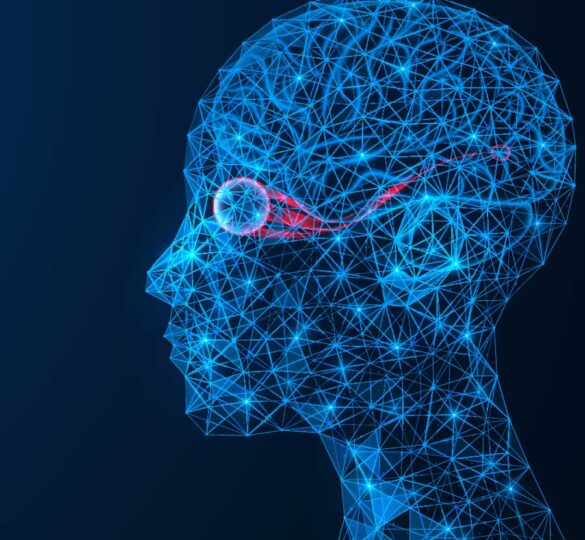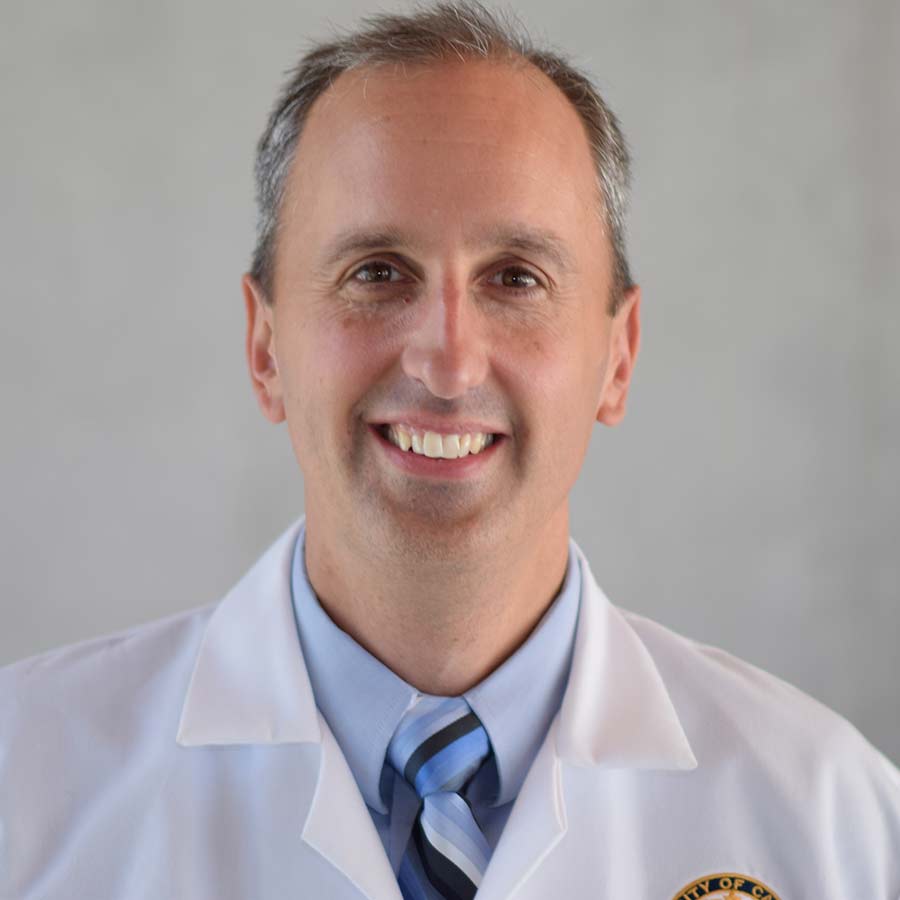The Quest to Restore Lost Vision and Cure Glaucoma
Although lowering eye pressure can help slow or stop glaucoma progression, there are currently no therapies to regenerate lost nerve cells and help patients that have already lost vision.

Glaucoma is the leading cause of irreversible blindness worldwide. At its core, glaucoma is an age-related neurodegenerative disease akin to Alzheimer’s and Parkinson’s disease, each of which is characterized by loss of specific nerve cells. In glaucoma, that specific nerve cell is called the retinal ganglion cell (RGC).
Normally, there are approximately one million RGCs in each eye, lining the inside of the retina. Each one is responsible for processing visual information at a given point in the retina and then transmitting that information to the brain via a long nerve fiber in the optic nerve. As the cells slowly die off, parts of the eye become “disconnected” from the brain, resulting in visual field loss. Moreover, since nerve cells do not grow back, the vision loss is permanent. Although lowering eye pressure can help slow or stop the neurodegeneration, there are currently no therapies to regenerate lost RGCs and help patients that have already lost vision.
Replacing lost RGCs is a challenge for several reasons. First, one needs a source of new RGCs. Next, one needs to implant the RGCs into the retina in sufficient numbers and prevent them from dying in response to glaucoma. The new RGCs need to make appropriate connections in the retina and, far more challenging, regrow nerve fibers all the way back to the brain.
In order to tackle these challenges, the Catalyst for a Cure Vision Restoration Initiative has brought together experts in stem cell technologies (Anna La Torre, PhD, UC Davis), neuroprotection (Derek Welsbie, MD, PhD, UC San Diego) and nerve fiber regeneration (Xin Duan, PhD, UC San Francisco and Yang Hu, MD, PhD, Stanford University). By integrating these complementary areas of expertise, the group is hoping to identify novel methods for “reconnecting” the eye and restoring vision.
Article by Derek Welsbie, MD, PhD.
First posted on September 10, 2019; Reviewed on May 18, 2022.

Derek Welsbie, MD, PhD
Derek Welsbie, MD, PhD is an Associate Professor of Ophthalmology at the Shiley Eye Institute, University of California, San Diego and a principal investigator in the Catalyst for a Cure Vision Restoration Initiative.